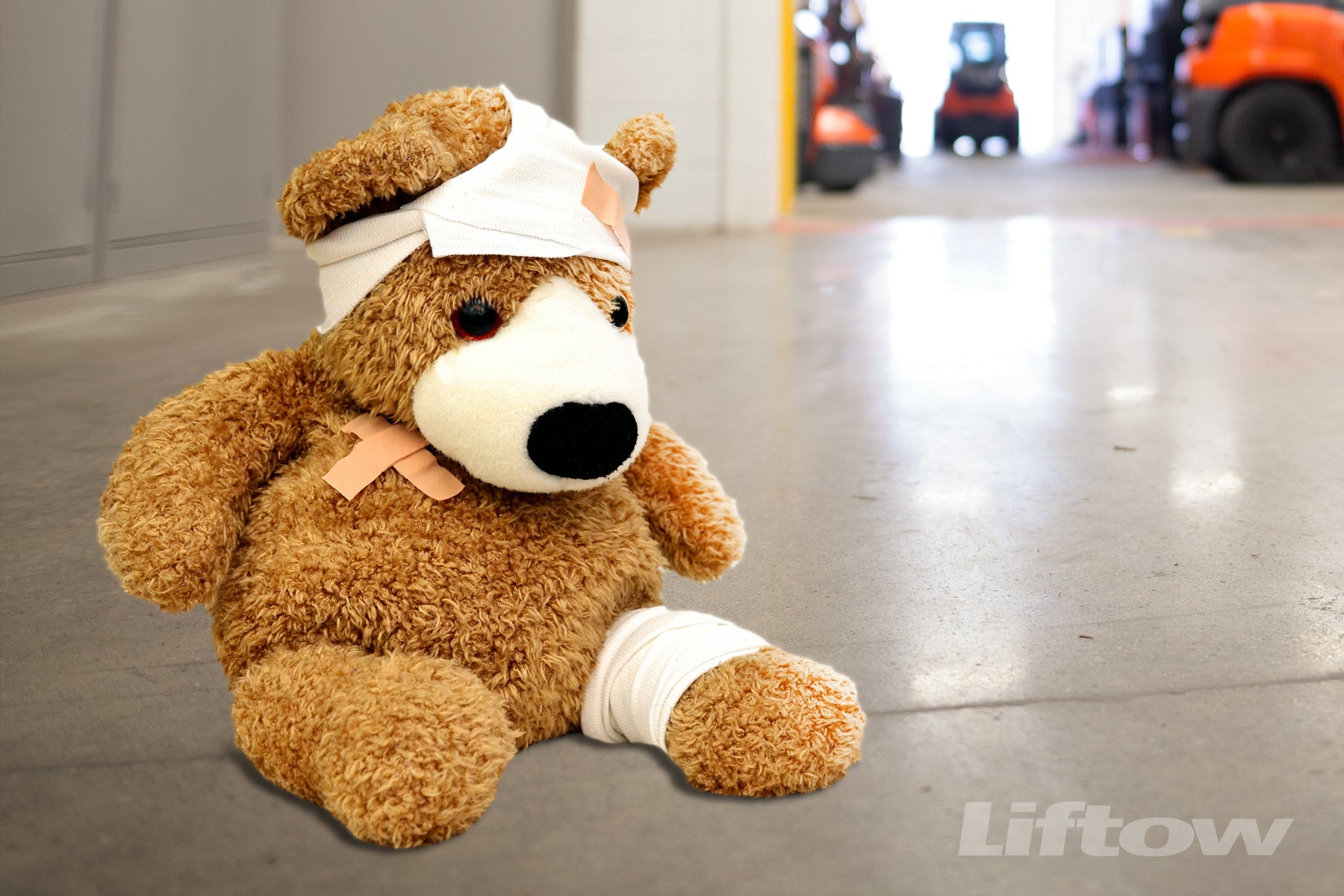
Common Forklift Accidents and How to Prevent Them
Forklifts come with certain hazards; most experienced operations managers and warehouse teams recognize this. By nature, forklift operation involves heavy loads, potential instability and exposure to operator error. There’s no way to eliminate every possible danger and every possibility of product damage. As a materials handling pro in a decision-making role, it may be your responsibility to search continually for ways to reduce these hazards. Here are a few common forklift mishaps and suggested ways to limit the risk.
Pedestrian Collisions
Almost every day, collisions and near collisions take place between lifting equipment and individuals moving on foot through the warehouse or distribution center. And these collisions are usually made possible by two factors: inattentive participants or uncontrolled equipment. Make sure every person who enters your facility recognizes the collision hazard, stays alert and uses the proper precautions. And your forklift operators maintain safe speed and use proper, functional signaling devices. Operators should also immediately report any compromise of equipment, hearing or vision that may cause them to overlook the presence of a pedestrian. Safety is everyone’s shared responsibility.
Falling Objects
Safe lifting means understanding the physics behind forklift operation and the likely behavior of heavy or unstable loads. When high loads are removed from shelving units improperly, they can break, fall or tip over an unstable lift truck. Understanding the interaction between load and lift truck requires training and experience, not just intuition. Make sure operators fully understand the potential hazards before they attempt to lift a heavy load to the top of the mast, and train them to distrust loads that are imbalanced, damaged or placed on broken pallets.
Tipovers
Lift truck tipovers typically result from an operator’s misunderstanding of the truck’s center of gravity or poor judgment used on inclines or unstable flooring surfaces. Properly trained operators should know not to put a truck in motion while a load is elevated and not to allow the load to sit too far forward of the mast. Lift truck operators should use caution while moving or parking on inclines, and reduce speed around every turn, no matter how wide or narrow the aisle or path of travel may be. Consider investing in lifting equipment with embedded sensor technology in the base and mast; using data gathered by the sensors, these trucks can automatically move their center of gravity in unstable situations.

